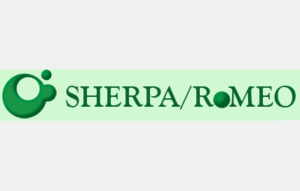Growth Response and Cost Effectiveness of Broiler Chickens Fed Bitter Leaf (Vernonia amygdalina) Supplemented Diets
The Nigerian livestock industry faces persistent challenges, with feed cost and availability being the most critical constraints to productivity and profitability. A 56-day feeding trial was conducted to evaluate the growth performance and economic efficiency of broiler chickens fed diets supplemented with bitter leaf meal (Vernonia amygdalina, VALM). A total of 120 unsexed day-old broiler chicks were randomly assigned to four dietary treatments (1%, 2%, 3%, and 4% VALM) in a Completely Randomised Design, with 30 birds per treatment and three replicates of 10 birds each. Performance parameters measured included feed intake, body weight, weight gain, feed conversion ratio (FCR), and economic indices. Results showed significant (p<0.05) differences among treatments for feed intake, final body weight, weight gain, and FCR. At the starter phase, birds receiving 4% VALM achieved the highest weight gain and feed efficiency, while at the finisher phase, birds on 1% VALM performed best. Overall, inclusion levels of 4–6% improved growth rate compared to lower inclusion levels, and performance values remained within normal ranges for broilers. Economic evaluation revealed that profitability indices declined with increasing VALM inclusion, although moderate supplementation still supported competitive growth performance. Gross and net profit margins decreased by approximately 8–15% at higher inclusion levels compared to the control, while return on investment dropped by about 10%. Despite this reduction, supplemented diets improved growth by 3–5% relative to unsupplemented diets, indicating that VALM enhances productivity at modest levels of inclusion without substantially increasing feed costs. In conclusion, VALM is a cost-effective, locally available feed ingredient that can be incorporated at moderate levels (up to 4%) to promote broiler growth while maintaining economic viability. These findings highlight its potential as a sustainable feed resource for poultry production in resource-constrained settings.
Keywords: Bitter leaf meal; Vernonia amygdalina; broiler chickens; growth performance; feed conversion ratio; cost effectiveness; sustainable poultry nutrition




















